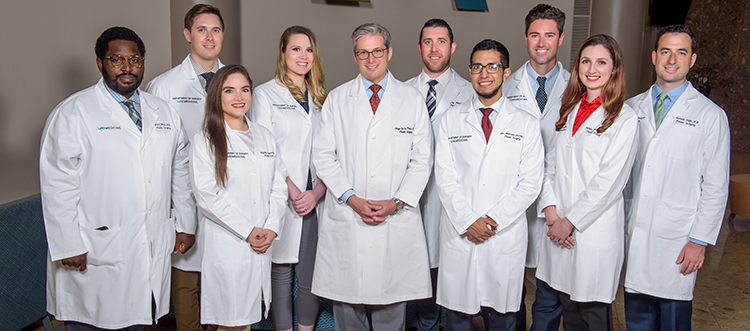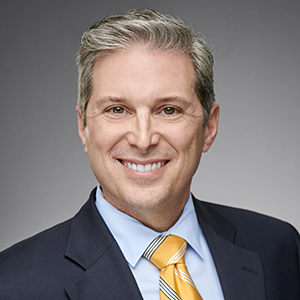
The Division of Plastic Surgery trains two residents per year as part of a three-year program certified by the American Board of Plastic Surgery. We aim to provide a robust training experience that enables our graduates to become certified by the American Board of Plastic Surgery and enter either private or academic clinical practice after training.
-
Why UAB?
UAB is the largest academic medical center in the state and provides residents with a high volume experience in a wide variety of cases. UAB plastic surgery co-operates with other specialties to solve some of the most difficult clinical problems such as burn deformities, congenital deformities of the head and neck, soft tissue and bony defects in the lower extremities, and the reconstruction of post-bariatric deformities. Residents rotate through the following facilities, all a part of the medical district in downtown Birmingham.
- With 1,157 beds, UAB Hospital is the 3rd largest public hospital in the U.S. More than 33,000 surgical procedures are performed annually. It is the state’s only Level 1 Trauma Center verified by the American College of Surgeons. UAB plastic surgery faculty manage a wide variety of traumatic hand, extremity, and facial injuries as part of their work in conjunction with the divisions of Acute Care Surgery and Orthopaedic Surgery. In collaboration with the UAB Breast Center, we provide the complete range of breast reconstruction services.
- UAB Hospital-Highlands is a general acute care facility that provides emergency care, orthopaedics, pain management, occupational medicine, and the region's first coordinated care unit for geriatric patients. For our residents it provides experience in a venue with a different work flow and design. The majority of cases at this location are aesthetic and elective body contouring.
- Residents also rotate through the Birmingham VA Medical Center. Here the plastic surgical service is involved with general reconstructive problems as well as the management of malignancies of the skin, particularly of the face. We work with the head and neck service in the reconstruction of difficult defects. In cooperation with the Division of Orthopaedic Surgery, we provide excellent management of hand problems and also perform of microvascular surgery.
- Routinely ranked as a top pediatric medical center, Children’s of Alabama provided care for children from every county in Alabama, 42 other states and 10 foreign countries last year, representing more than 653,000 outpatient visits and nearly 14,000 inpatient admissions. The plastic surgery service at Children’s performs reconstructive surgery of traumatic on congenital defects, including approximately 50 primary cleft lip and palate procedures annually. We also provide reconstructive surgery for children with burns using innovate procedures to improve function and ameliorate the aesthetic deformity.
-
Call Schedule
Resident call is mainly home call. UAB plastics covers face trauma call the first seven days of each month. Hand trauma call is handled by the division for the last 20 days of the month. The residency program complies with all ACGME regulations regarding work hours. The faculty is known to work independent of resident support if necessary to assure compliance.
-
Research Opportunities
The Division is very active in research endeavors that include the following categories:
- Anatomical research of fresh and fixed cadavers to determine the venous returns of different flaps, and to discover new and safer flaps. The availability of cadavers also facilitates teaching and practicing actual operative procedures that are performed by residents and faculty.
- Basic research is performed on a number of aspects of wound healing, particularly the role of muscle in the prevention of infection and its use as a biologic dressing.
- The Microvascular Laboratory complements available facilities by providing further opportunities for research projects by residents and students.
- Cooperation with the Biomaterials Laboratory, the Oral Surgical Department, and the Oncology Service allows the joint study of various aspects of clinical problems.
-
How to Apply
The minimum requirement for admission to plastic surgery training is three years of general surgery residency, but the majority of applications accepted to UAB’s plastic surgery residency have completed their full general surgery training.
Inquiries regarding the Plastic Surgery Residency Program should be submitted to:
 Jorge de la Torre, M.D.
Jorge de la Torre, M.D.
Program Director
UAB Plastic Surgery ResidencyTiffany Mondragon
Residency Coordinator
(205) 934-2307
tnix@uabmc.edu